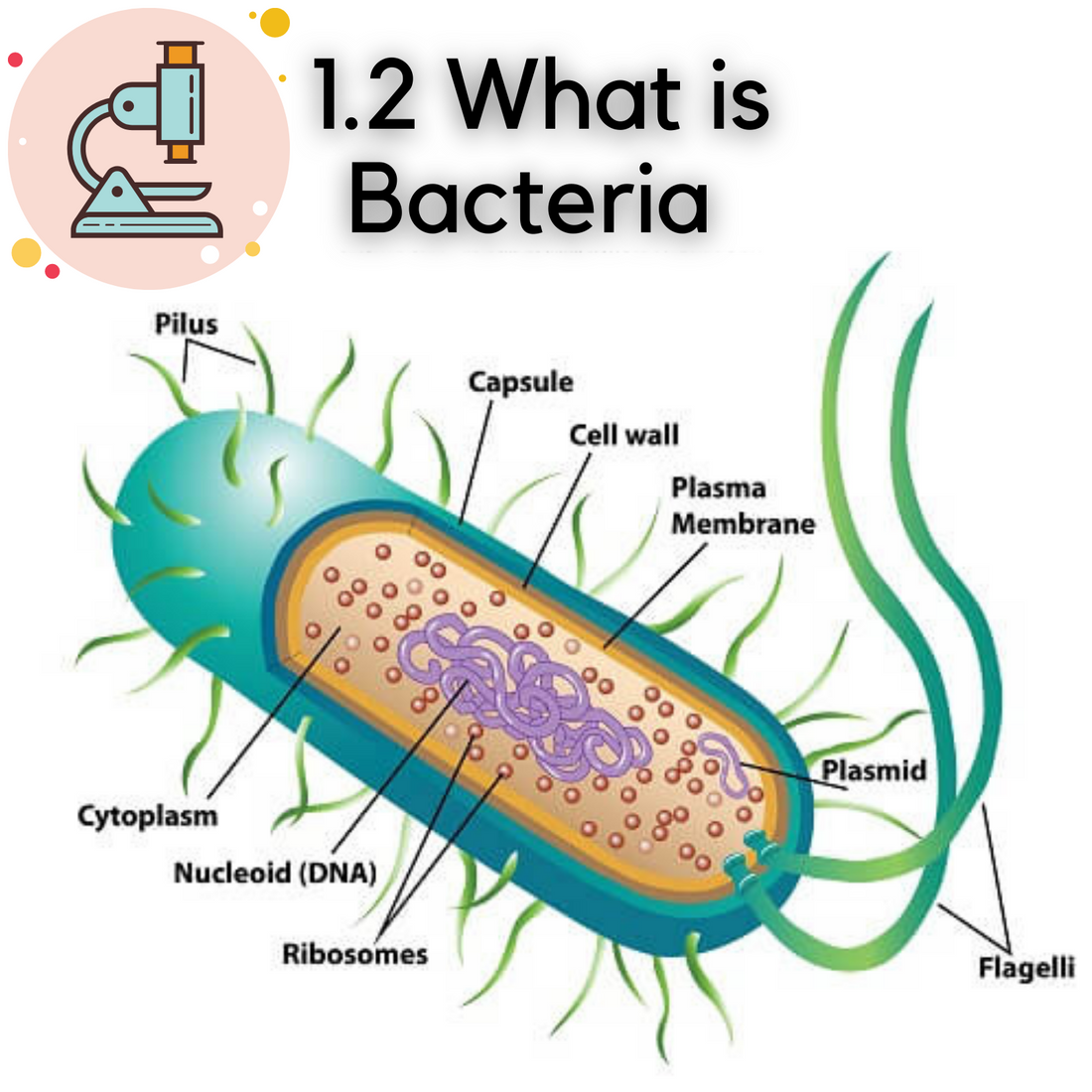
What are Bacteria?
As covered in our last series, bacteria are called Prokaryotes. They are single celled organisms and their DNA is contained in a single chromosome that is not enclosed within a nucleus (they actually don’t have a nucleus!), much different to our bodies that are multi cellular and house DNA within the nucleus. This means that all of the programming that drives the actions of the bacteria culture is specifically contained in the DNA code. I have read a few books that mention the magic of DNA within our bodies, one of them being the Gene Keys by Richard Rudd. This book is actually based on the teachings and science from the ancient art of the I Ching that is fascinatingly based on the number 64 (64 codons within the human body). It basically states that through the practice of awareness, we can actively change the coding of our own DNA, resulting in a more fulfilling life. With DNA being a part of our cells nuclei (the control center for our cells), it makes it even more amazing to think of the potential if we could change even one small part. All living organisms have already been doing this over time to help then become more resilient to life (disease resistance, ability to live in inhabitable areas, ability to live without oxygen, etc.). The power of our bodies is beautiful, and I believe we can make great change over not only ourselves, but also the world with just the magic of our thoughts. The body and bacteria are so interconnected so I feel that it’s fitting to ensure we include ourselves in this discussion as well! Fun Fact: There are approximately 10x as many bacteria cells as human cells in our bodies! Are we more bacteria than human?

Photo: BD Editors. (2020, November). Eubacteria. Retrieved from https://biologydictionary.net/eubacteria/
Bacteria are nutrient immobilizers. This means that they have the ability to break down nutrients and store them within their bodies for future use by plants or other microbes, which significantly reduces nutrient run off. They do not have mouths to ingest food, and therefore must employ other methods to break down organic/inorganic materials for ingestion. They get their food from three sources: organic matter, inorganic matter, and root exudates (cells left over from root tip growth) For organic matter, bacteria prefer fresh plant material (also known as ‘green’ material for you composters!), as it is high in sugar content and easier to digest. Now for the science: all organic matter is made up of large complex molecules, which contain smaller molecular chains that usually contain carbon. Bacteria have the ability to use enzymes that break down these chains into even smaller forms such as sugars, fatty acids, and amino acids. They then employ proteins in their cell membrane to accomplish molecular transport (absorbing food directly through their cell wall). The proteins act as pumps to allow the nutrients to pass directly through the cell wall. A great example in Teaming With Microbes by Lowenfels & Lewis goes as such: “think of an old-fashioned fire bucket brigade, in which the water was passed from its source to the fire: these proteins pass “buckets” of nutrients into the cell”. When these buckets of nutrients are processed by the bacteria, they are officially ready for plant absorption when the bacteria die, or are consumed by another microbe and pooped out. Therefore, they provide little nutrient packs to your root zone 24/7!
This concludes our topic of What is Bacteria! Thank you very much for reading and I hope this gave a little more insight into what bacteria is.
Cheers,
Aaron Deacon
